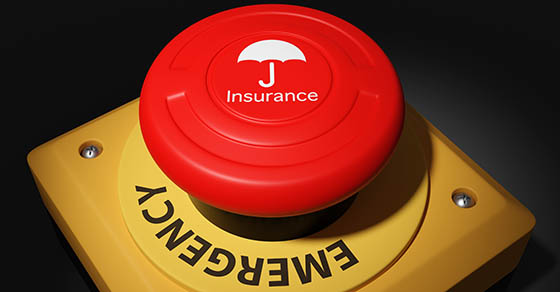
Health care self-insurance and stop-loss coverage: What business owners need to know
For businesses, cost-effectively sponsoring a health insurance plan for employees is an ongoing battle. In the broadest sense, you have two options: fully insured or self-funded.
A fully insured plan is simply one you buy from an insurer. Doing so limits your financial risk while offering the most predictable costs. The other option is what’s commonly known as “self-insurance.” Under this approach, your company funds and manages the plan, usually with the help of a third-party administrator.
If you’re tired of dealing with big insurers, and you’re prepared to design your own plan and handle the claims process, self-insurance may be for you. However, bear in mind that your business will incur the full financial risk of a self-funded plan — and health care costs can be unpredictable and potentially catastrophic. That’s why, if you’re seriously considering self-insurance, you’ll also need to familiarize yourself with stop-loss coverage.
Basic features
Stop-loss coverage is essentially insurance for your health insurance. These high-deductible policies help protect against unpredictably high or catastrophic losses.
More specifically, stop-loss coverage kicks in once an individual claim and, if the self-insured policy is so designed, annual aggregate claims reach a contracted threshold known as the “attachment point.” Some stop-loss policies cover only individual claims — known as “specific” coverage — instead of providing both specific and aggregate claims protection.
Typically, the larger and more profitable the business, the higher the stop-loss deductible and attachment point. This is because larger companies are usually less financially vulnerable to an occasionally catastrophic medical claim. Self-insurance generally isn’t economically advantageous for companies with fewer than about 75 employees.
Claims and coverage
Aggregate claims protection typically works like this: You and your broker or claims administrator agree on an estimate of what total claims will be in the upcoming year, based on your recent claims experience. Let’s say it’s $1 million. The aggregate attachment point generally will be set at 125% of that amount — that is, claims will be covered when you have already paid out $1.25 million.
There can be a complicating factor, however, known as a “laser.” A stop-loss carrier, or you, might decide that an employee with a high medical risk profile needs to be “lasered” out of the terms that apply to other employees covered by the stop-loss policy. Instead, you’ll remain on the hook for a much higher amount before stop-loss protection kicks in. You might request a laser to lower your premium, or the stop-loss carrier might demand it to manage its risk.
What’s a typical specific coverage amount? As with the decision of whether to include an aggregate claims limit on your stop-loss coverage, the answer generally varies according to business size. Many stop-loss buyers pick an attachment point for individual claims at below $250,000, with some businesses setting the limit below $75,000. However, some set higher limits as well.
Basically, it’s a question of how much financial protection you’re willing to pay for. Going with a higher attachment gets you lower premiums. For example, a premium per covered employee with a $100,000 deductible might be around twice as high as it would be for one with a $200,000 deductible, and more than five times as high as one with a $500,000 attachment point.
Many Challenges
As you can see, self-insurance has many challenges — starting with stop-loss coverage, which is a necessity. Nevertheless, it can be an effective approach under the right circumstances. We can help you assess the costs, risks and potential advantages of self-insuring vs. fully insuring. Contact us here for help.
© 2024